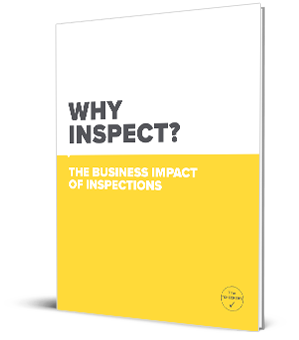What is a Toolbox Talk?
A toolbox talk, also known as a safety meeting or a tailgate meeting, is a short and informal safety discussion held among workers and management. It typically occurs at the worksite, often near the equipment and tools, and lasts 10 to 15 minutes. A toolbox talk aims to address specific safety issues or concerns relevant to the job and reinforce safe work practices.
When Are They Done?
Toolbox talks are typically conducted before the start of a work shift or at the beginning of a specific task. They are often a daily or weekly routine, especially in high-risk industries like construction, manufacturing, and mining. These talks allow employees to prepare for their tasks mentally, highlight potential hazards, and set the tone for a safety-focused workday. Toolbox talks are particularly useful when introducing new equipment or procedures, as they help familiarize workers with any changes and potential risks.
What Kinds of Topics Do They Cover?
The topics covered in toolbox talks can vary depending on the industry, job site, and specific risks associated with the tasks. However, they generally address a wide range of safety-related issues, including:
- Hazard Identification: Discuss potential hazards and how to recognize them, such as electrical risks, machinery dangers, or fall hazards.
- Emergency Procedures: Review the steps to take in the event of an emergency, such as fires, chemical spills, or medical incidents.
- Personal Protective Equipment (PPE): Emphasizing the importance of using the right PPE and ensuring it is in good condition.
- Tool Safety: Covering the proper use, maintenance, and storage of tools to prevent accidents.
- Worksite Conditions: Addressing issues related to housekeeping, ventilation, and other environmental factors that can affect safety.
- Near-Miss Reports: Encouraging workers to report near-miss incidents to prevent potential accidents.
- Lessons Learned: Sharing experiences, both positive and negative, to learn from past incidents and improve future safety.
- New Procedures or Equipment: Introducing and explaining changes in protocols or equipment and ensuring that workers understand and can safely use them.
What Are They Meant to Accomplish?
Toolbox talks are meant to accomplish several critical objectives:
- Raising Awareness: By discussing potential hazards, toolbox talks help employees become more aware of the risks associated with their tasks.
- Promoting Engagement: These discussions encourage workers to actively participate in safety discussions, ask questions, and share their concerns.
- Reinforcing Safety Culture: Toolbox talks help nurture a culture of safety within the workplace, emphasizing safety as a priority.
- Preventing Accidents: Toolbox talks help reduce the likelihood of accidents and injuries by proactively addressing potential safety issues.
- Continuous Learning: Regular toolbox talks provide a platform for ongoing learning and improvement, ensuring workers stay updated on safety best practices.
In conclusion, toolbox talks are crucial to any organization's safety program. They serve as a forum for employees and management to come together, discuss safety concerns, and reinforce the importance of safe work practices. Toolbox talks help reduce the risk of accidents and create a safer working environment by addressing specific safety topics.
Embracing these short but impactful discussions can have a long-lasting positive effect on workplace safety, fostering a culture where everyone takes responsibility for their well-being and the well-being of their colleagues.
SafeWork Guides by The Checker are the ideal resource for developing toolbox talks. Choose from 48 different Guides featuring expertly crafted content developed by subject matter experts.










